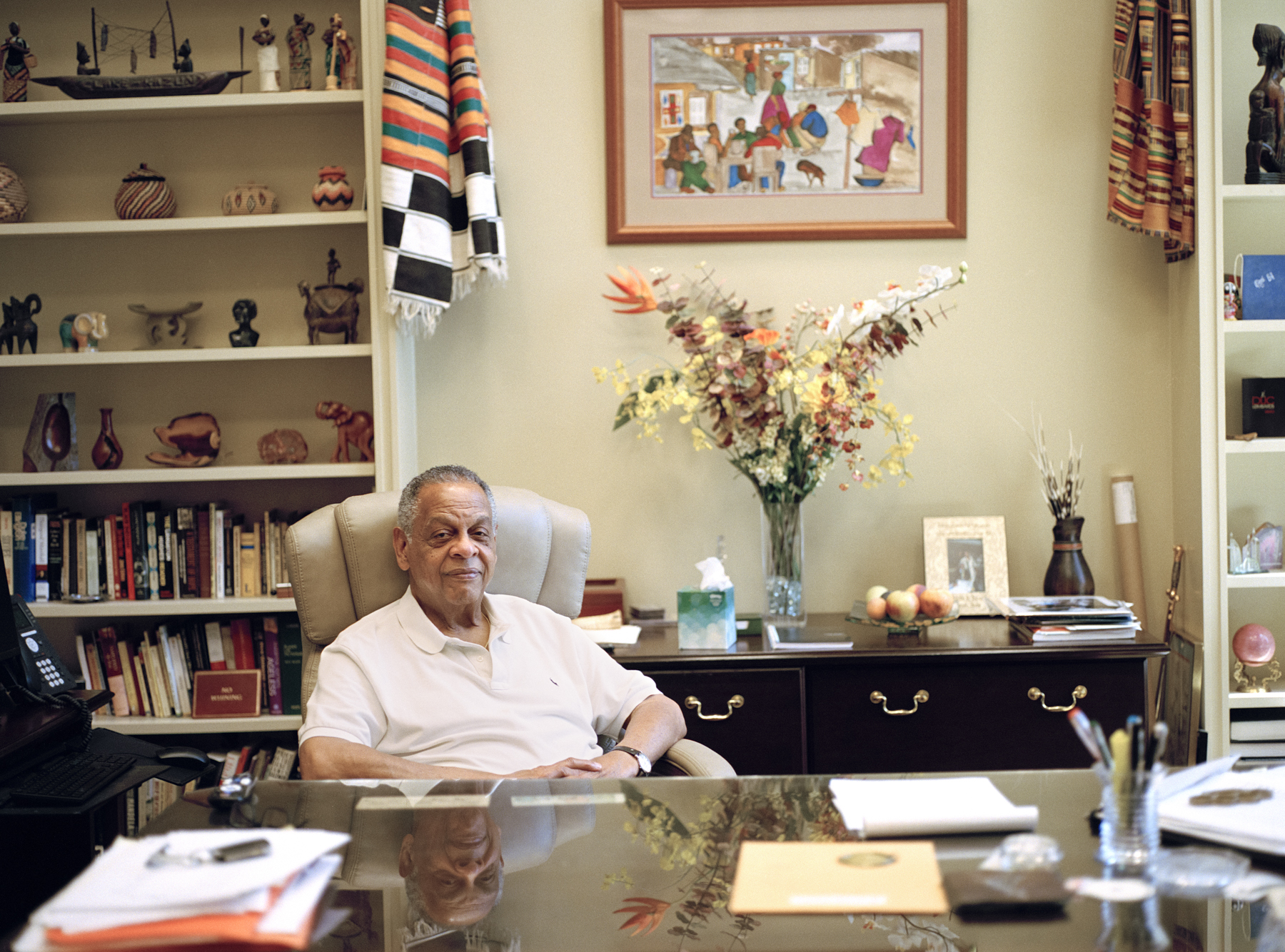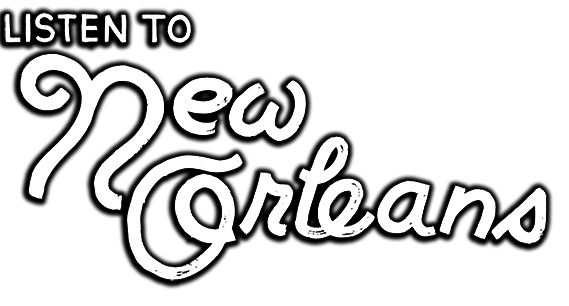“There was just so much activity going on at that time, in that one square block area”

Foot of Canal Street
Canal Street and Convention Center Boulevard
Canal Street and Convention Center Boulevard
My name is Edwin Lombard. I am a lifelong resident of New Orleans and the West Bank. I was one of the first African-Americans to be elected, in 1973, as Clerk of Criminal Court in New Orleans and served for some 29 years. And now I am a judge on the Court of Appeals and I'm in my 18th year on that. So if you're a local, you probably have heard my name once or twice.
Living in Algiers, when I was in elementary school , the principal would send me across the river to buy school supplies and there started my fascination with the Algiers Ferry and the landing on the New Orleans side, at what we called the “Foot of Canal Street”, which is the beginning of Canal Street. I don't think people use that term anymore, but that's what we used to refer to it. Now back then catching the ferry wasn't as much of an ordeal as it sounds, because [at] every major avenue in New Orleans, there was a ferry landing.
I lived in an integrated neighborhood, believe it or not, in New Orleans in the 50s and the 60s, and the ferry was like any other transportation system, they were segregated. There was a white section and a black section. There were white captains, but there were Black guys who tied the ship up. In my neighborhood, we had guys who we would play with all the time and go in and out of their houses. Then when we'd walked to the ferry together, we'd have to sit in different locations on it, and then when we got off the ferry, we'd walk down Canal Street together.
On the New Orleans side, was this huge ramp that people walked over when they got off the ferry. At the end of the ramp was Canal and Front street, and at Front Street was the original Coca-Cola bottling plant. Anytime you pass that, you could hear the activities of the Coca-Cola being made, the capping of the bottles and the movement of the bottles through the assembly line. And underneath that ramp right at the ferry landing was the L&N Railroad Station, a beautiful, old time, classic railroad station that used to serve Louisville and Nashville railroad. It ain't there no more.
Across the street from the Coke plant, were a lot of bars and restaurants that catered to the longshoreman. The longshoremen used to gather at Canal and Front every morning and every evening. A foreman of a gang would go outside and try to complete his crew among the hundreds of men out there waiting to see if they were being hired. There was just so much activity going on at that time, in that one square block area, and I think the charming beauty of the train station is the thing that I miss more than anything else.
Where the New Orleans Aquarium is [now], was where ships docked. And so at the ferry landing you could always see these huge ships, and you knew that they would be hiring when you saw the ships. And on the right side of the ferry, where the aquarium is, was Alcoa ships. And on the other side, where Riverwalk is, there was the Delta steamship line. So it was always amazing as a child to see these ships.
I started working in a union that was called “Water Boy, Sack Sewer, and Sweepers Union,” as a student at Tulane during my summers, in 1965, 1966, 1967. You know you hit the jackpot, when we got to the ship to work at five o'clock and we’d get to the wharf and the ship can't dock because the other ship that's supposed to leave earlier has been delayed a little bit. So, we started getting paid from the time I got the call. So the guys would say, "Go get your homework done, boy, hurry up. We got your place all set up on the side.” So for the four or five hours waiting for that ship to come in, I would sit there and do my homework. It was just incredible support I had from those guys who worked in that gang. They understood the struggle and they understood that it was important that at least one of us in that gang finished college. And I was just so thankful that they thought enough of me to help me through that struggle.
Homework on the ferry, homework on the bus, and homework on the dock, that was my trademark. “Get it done.”

Judge Edwin Lombard in the judge’s chambers, 2021
(photo by Sarrah Danziger)
(photo by Sarrah Danziger)
